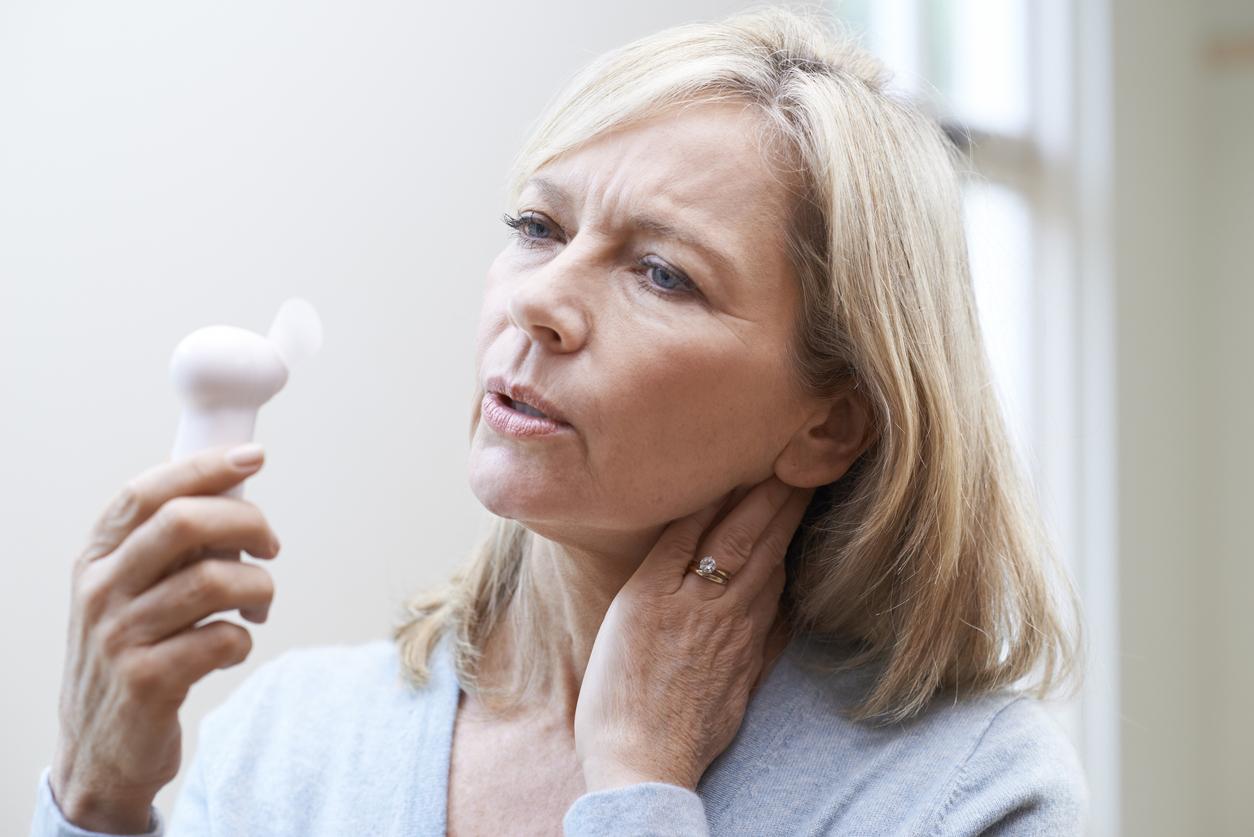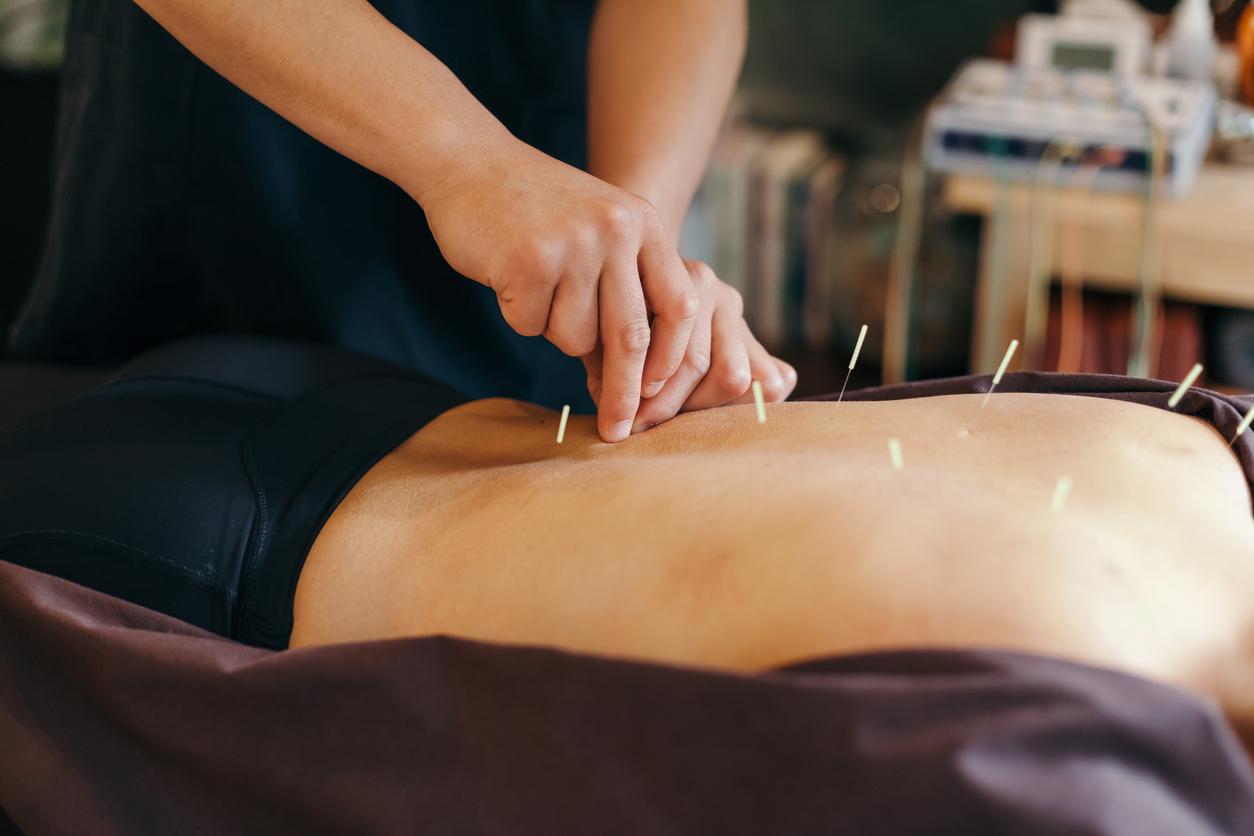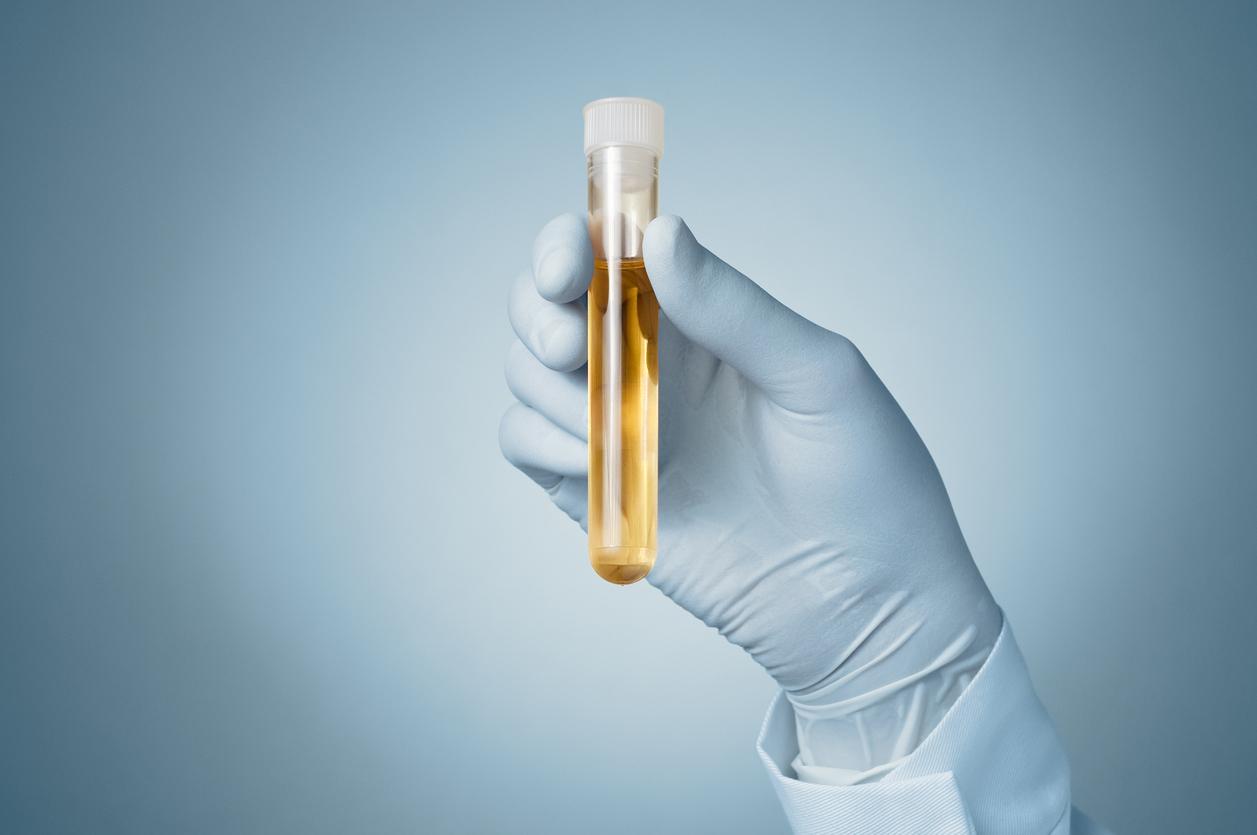Premenstrual dysphoric disorder (PMDD) is a rare but severe form of premenstrual syndrome (PMS). Symptoms associated with it usually occur a few days before menstruation.

- About 20 to 40% of women of childbearing age are affected by premenstrual syndrome (PMS), according to Inserm.
- Hyperestrogenia is a hormonal imbalance that results in an excess of estrogen over progesterone.
Premenstrual syndrome (PMS) is characterized by different physical and psychological symptoms that can start between a few hours and several days before a woman’s period. These manifestations generally subside during menstruation. “A priori not serious, these symptoms are nevertheless unpleasant, frankly painful or downright disabling”underline the National Institute of Health and Medical Research (Inserm).
Hyperestrogenia, a contributing factor to premenstrual dysphoric disorder
In very rare cases, a woman can be affected by premenstrual dysphoric disorder (PMDD), a severe form of PMS which results in a series of symptoms impacting mood and emotions.
During the second part of the menstrual cycle, progesterone, a female hormone with soothing effects, is secreted after ovulation. However, some women have lower than normal progesterone levels because they have hyperestrogenism. This hormonal imbalance results in a level of estrogen that is too high in relation to progesterone. It is therefore one of the factors favoring the occurrence of premenstrual dysphoric disorder.
What are the symptoms that can alert on a premenstrual dysphoric disorder?
During the second phase of the menstrual cycle, a woman with PMDD can suffer from several conditions such as:
- joint pain;
- a generalized state of fatigue;
- sore breasts;
- a swollen/bloated belly.
According to the Diagnostic Manual of Mental Disorders, PMDD can also be associated with psychic symptoms that have negative effects on mood. We distinguish in particular:
- sadness;
- anxiety;
- an anger ;
- apathy;
- irritability;
- difficulty concentrating;
- insomnia;
- a lethargy.
It is recommended to consult a gynecologist in case of pain or mood changes a few days before menstruation. This health professional can then set up a therapeutic project in order to reduce PMDD.

















